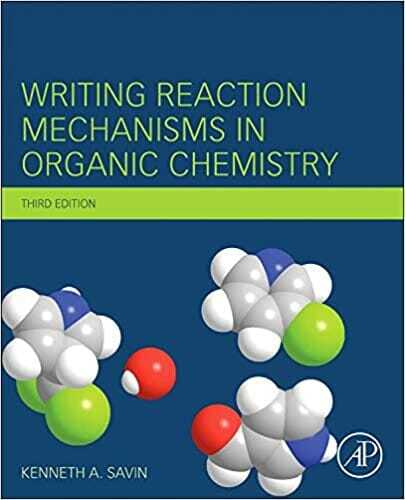
By Kenneth A. Savin
Writing Reaction Mechanisms in Organic Chemistry 3rd Edition PDF is a guide to understanding the movements of atoms and electrons in the reactions of organic molecules. Expanding on the successful book by Miller and Solomon, this new edition further enhances your understanding of reaction mechanisms in organic chemistry and shows that writing mechanisms is a practical method of applying knowledge of previously encountered reactions and reaction conditions to new reactions. Writing Reaction Mechanisms in Organic Chemistry 3rd Edition has been extensively revised with new material including a completely new chapter on oxidation and reduction reactions including stereochemical reactions. It is also now illustrated with hundreds of colorful chemical structures to help you understand reaction processes more easily. The book also features new and extended problem sets and answers to help you understand the general principles and how to apply these to real applications. In addition, there are new information boxes throughout the text to provide useful background to reactions and the people behind the discovery of a reaction. Writing Reaction Mechanisms in Organic Chemistry 3rd Edition will be of interest to students and research chemists who want to learn how to organize what may seem an overwhelming quantity of information into a set of simple general principles and guidelines for determining and describing organic reaction mechanisms.
Writing Reaction Mechanisms in Organic Chemistry 3rd Edition Features:
- Extensively rewritten and reorganized with a completely new chapter on oxidation and reduction reactions including stereochemical reactions
- Essential for those who need to have mechanisms explained in greater detail than most organic chemistry textbooks provide
- Now illustrated with hundreds of colorful chemical structures to help you understand reaction processes more easily
- New and extended problem sets and answers to help you understand the general principles and how to apply this to real applications
- New information boxes throughout the text to provide useful background to reactions and the people behind the discovery of a reaction
| File Size | 22 MB |
| File Format | |
| Download link | Free Download | Become a Premium, Lifetime Deal |
| Support & Updates | Contact Us | Broken Link |
| Join Our Telegram Channel |  |

![Premium Vet Study Notes + Question Bank Premium Vet Study Notes + Question Bank [Updated Frequently]](https://www.vet-ebooks.com/wp-content/uploads/2017/02/Premium-Vet-Study-Notes-Question-Bank-696x464.png)
![Premium Vet Study Notes + Question Bank [Updated Frequently]](https://www.vet-ebooks.com/wp-content/uploads/2017/02/Premium-Vet-Study-Notes-Question-Bank.png)
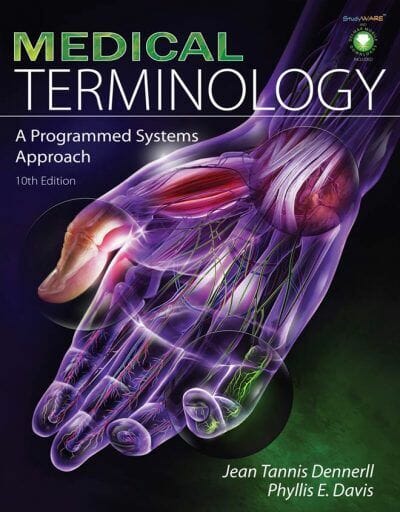
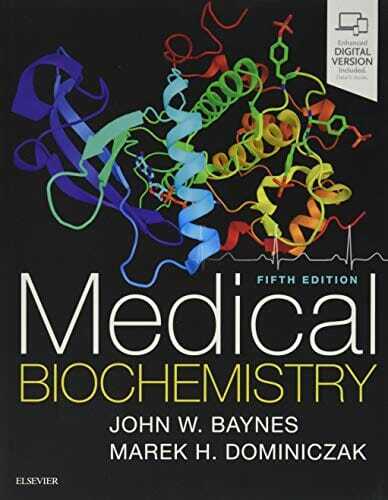
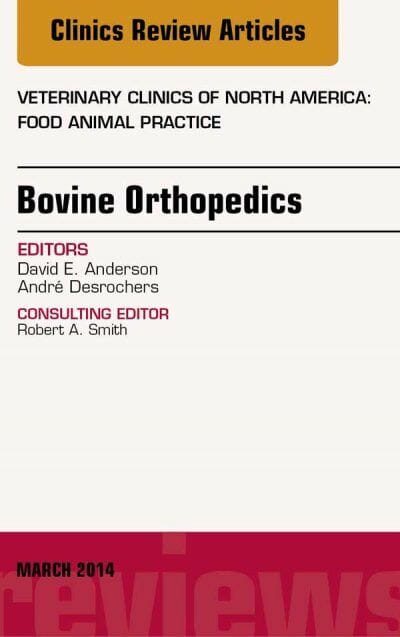
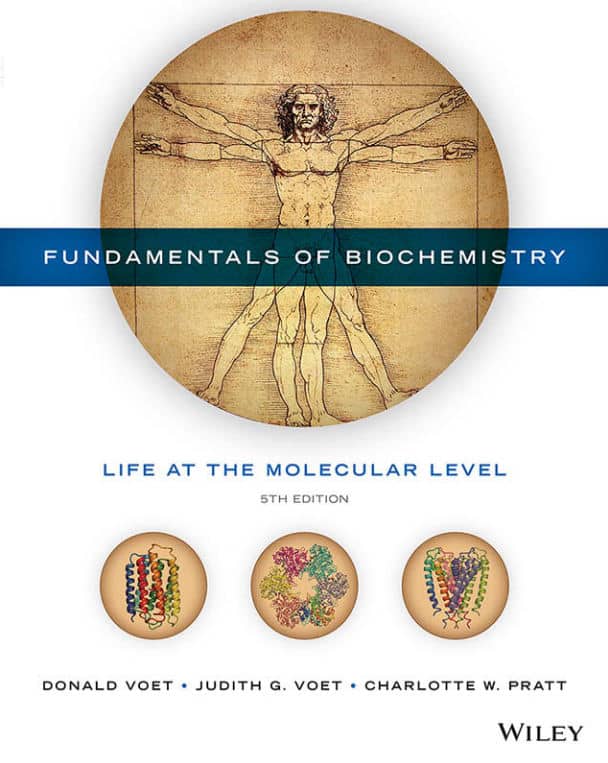
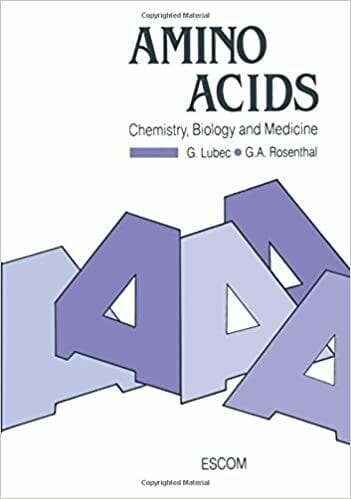
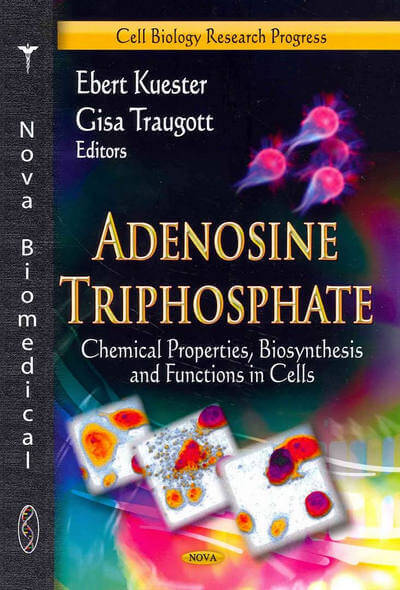
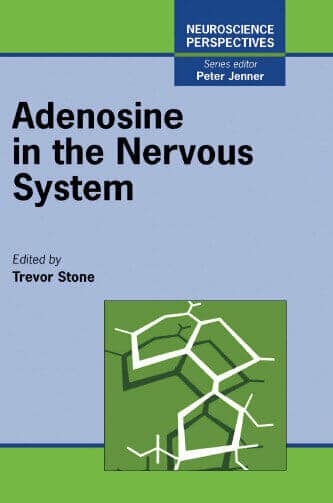
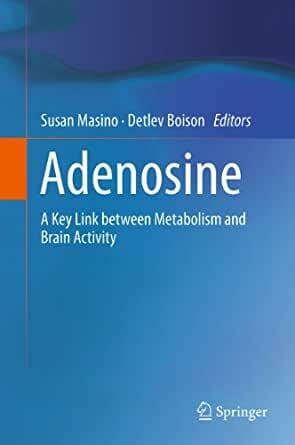




![Ettinger’s Textbook of Veterinary Internal Medicine 9th Edition Ettinger’s Textbook of Veterinary Internal Medicine 9th Edition [True PDF+Videos]](https://www.vet-ebooks.com/wp-content/uploads/2024/10/ettingers-textbook-of-veterinary-internal-medicine-9th-edition-100x70.jpg)

![Textbook of Veterinary Diagnostic Radiology 8th Edition [PDF+Videos+Quizzes] Thrall’s Textbook of Veterinary Diagnostic Radiology, 8th edition PDF](https://www.vet-ebooks.com/wp-content/uploads/2019/09/textbook-of-veterinary-diagnostic-radiology-8th-edition-100x70.jpg)






